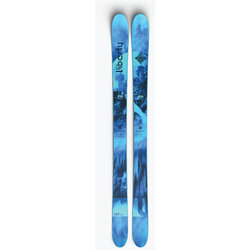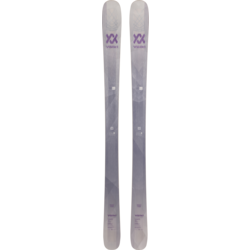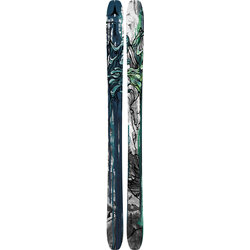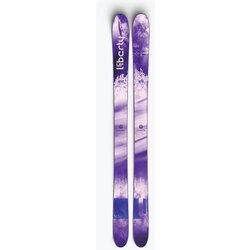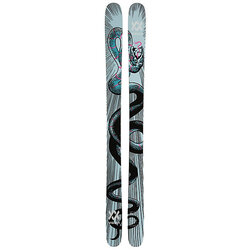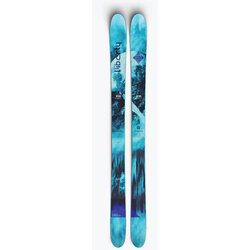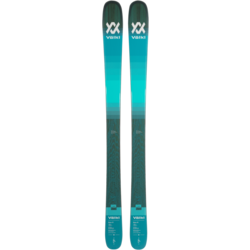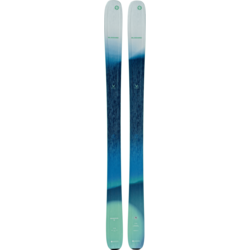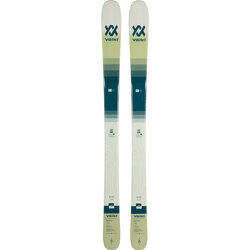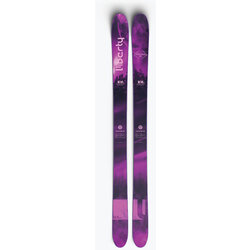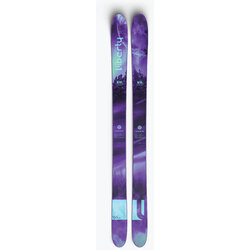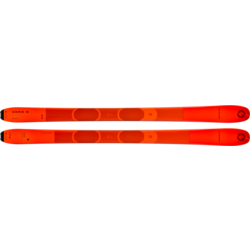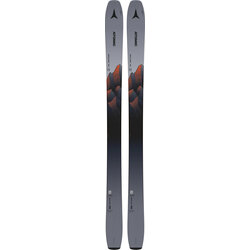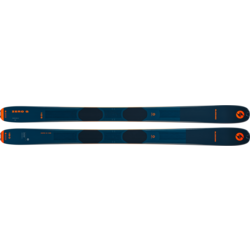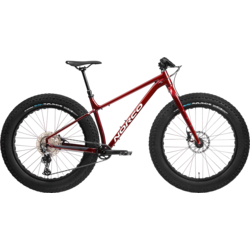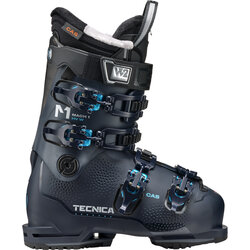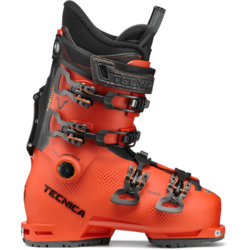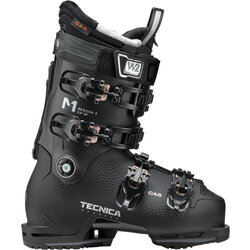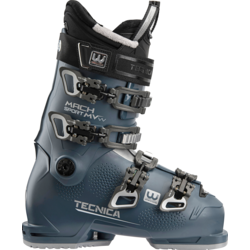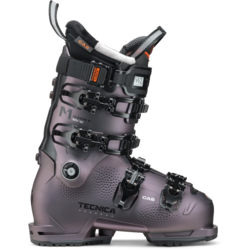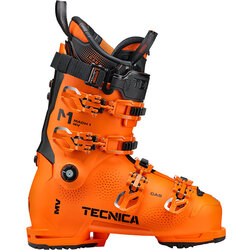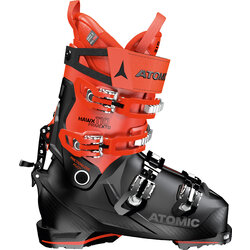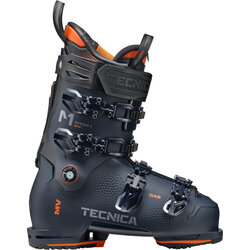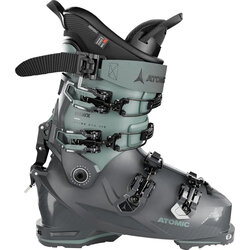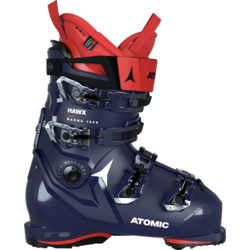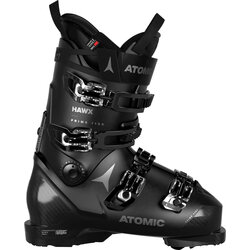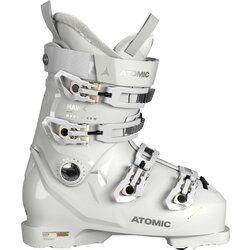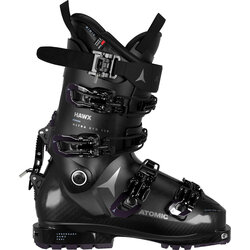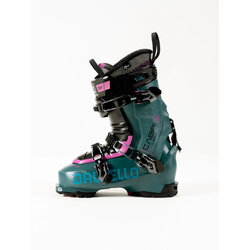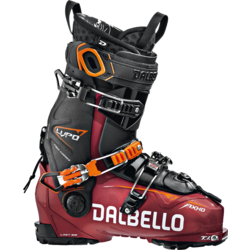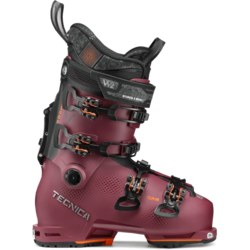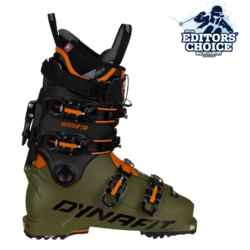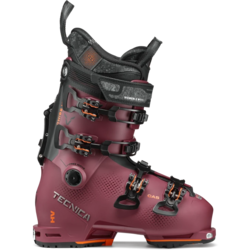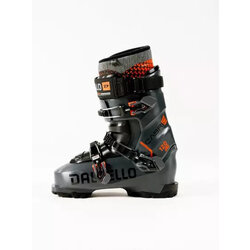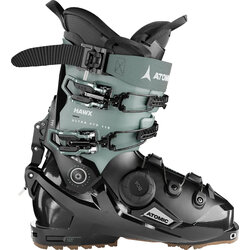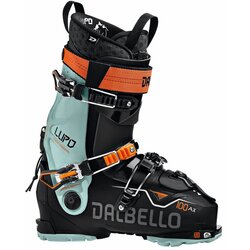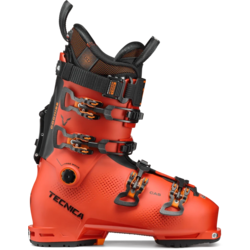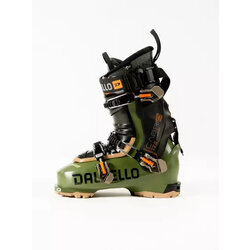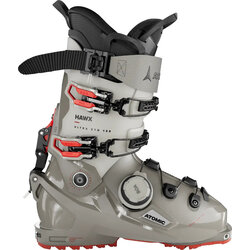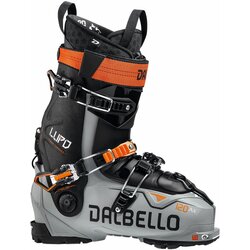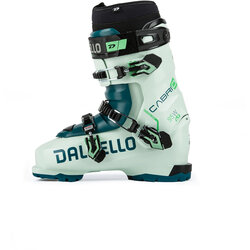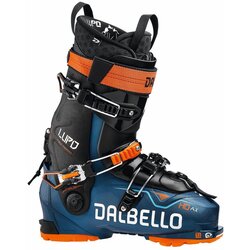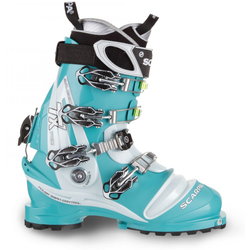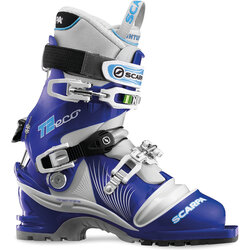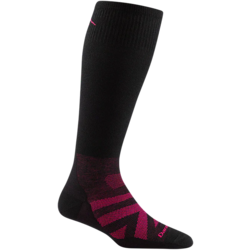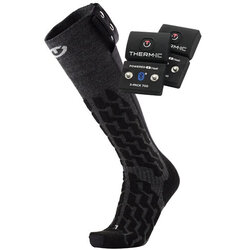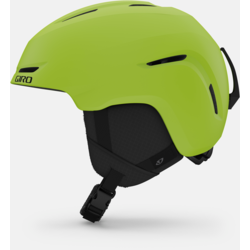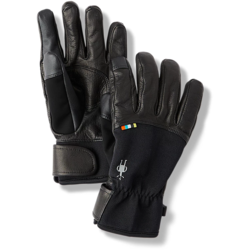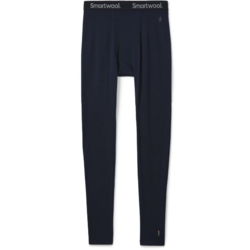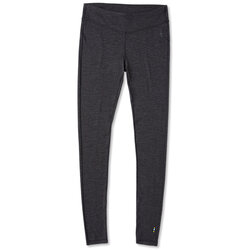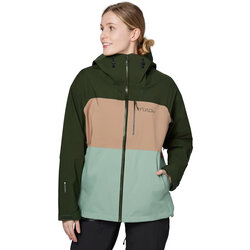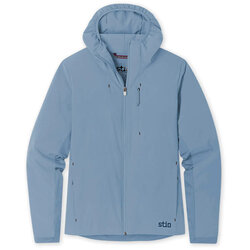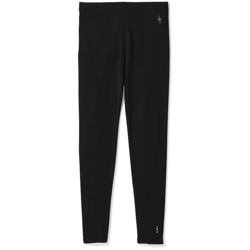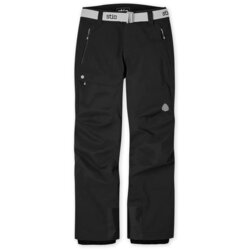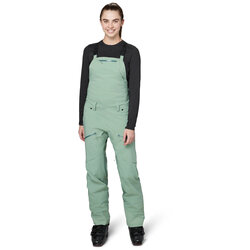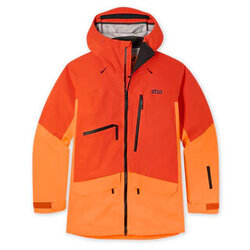
Conquer The Cold
Let’s ease those winter blues by making fresh tracks on your favorite snowy terrain! Whether you want to start cruising up the hill, down or both - we want to help you get equipped with the best all-mountain/freeride or backcountry skis. To maximize safety and style, consider refreshing your winter wardrobe too. Let us help you achieve that ear to ear grin under your balaclava this year!
Frontside/Carving Skis
These skis typically perform best on groomed terrain and are not designed to be skied in deep powder. Think of frontside and carving skis as being an accessible option to the everyday skier, valuing precision control, solid edge hold and quicker carves. Averaging 85-95mm underfoot, these are engineered for on-trail performance.
All-Mountain/Freeride Skis
This category is a sweet spot for those who want a one-ski quiver. Averaging 95-110mm underfoot, all-mountain/freeride skis will be your ticket to versatility and performance regardless of where you ski. They can carve, float, and are designed to handle all the conditions you’re likely to encounter on and off the groomed trails.
Backcountry Skis
The descent is the reward with these skis. Backcountry skis are designed to be lighter for uphill efficiency while encompassing the best possible downhill performance. Engineered with varying width, these skis are ideal for untouched snow.
Travel Diverse Landscapes
Fat bikes give you the ability to ride on a multitude of different paths, from snow to sand; these are not your average bicycles.
Downhill Boots
Performance & Precise Fit. Traditional downhill, or alpine, boots are designed to enhance performance for the type of skiing you’re likely to do at a resort: turns at high speed, on firm or chopped up snow. These boots are made with heavier, stiffer plastics to encourage better energy transfer.
Hybrid Boots
Comfort & Versatility. Hybrid boots bridge the gap between the performance of downhill boots and the uphill capabilities of touring boots. They are heavier than touring boots because they are made of bulkier materials to boost power transfer, but are also more comfortable for a full day on the mountain.
Touring Boots
Lightest weight. Also called alpine touring boots, these boots are designed to allow you to walk uphill with the most efficiency without sacrificing downhill performance once you get to the top.
Telemark Boots
Specific use. Telemark skiing involves elements of Alpine and Nordic skiing, with boot designed to attach securely at the toe, leaving the heel to move.
It’s All About The Gear
With winter sports, staying warm and comfortable is all about the right gear and a proper fit. Get outfitted with new winter gear today!

